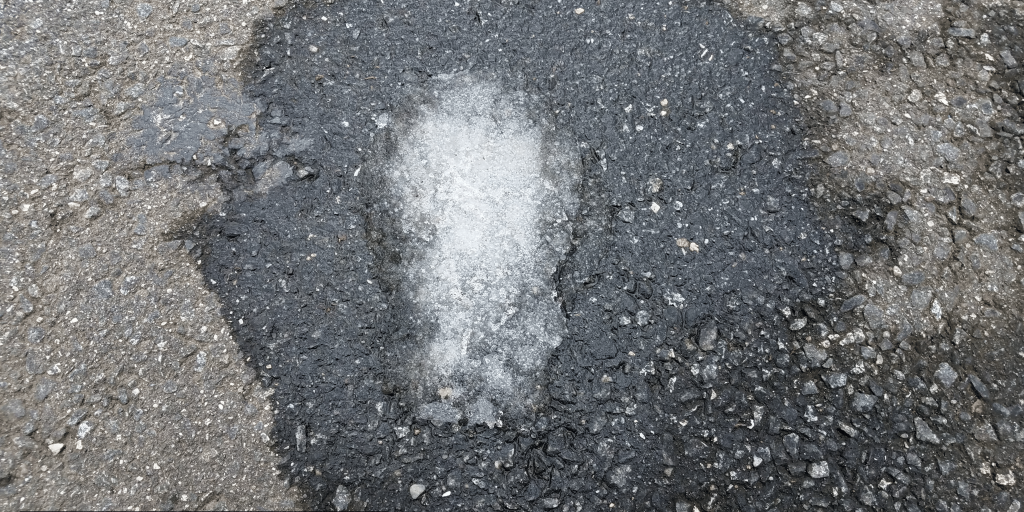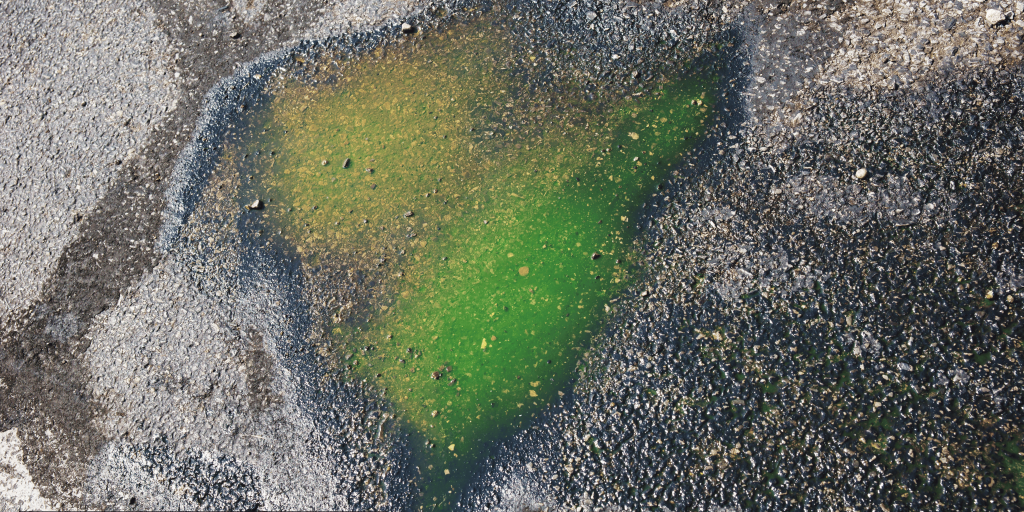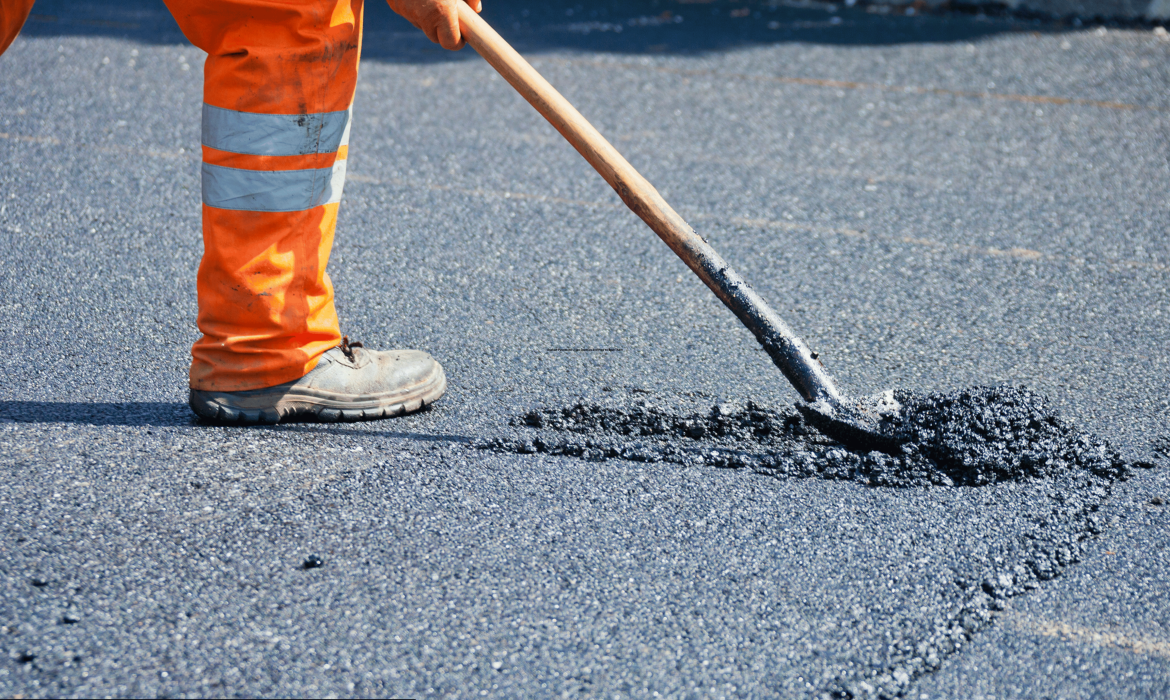There are multiple factors that cause the deterioration of asphalt paving. Still, by knowing the main issues that threaten its surface, pavement owners can intervene early and prolong the lifespan of their asphalt. Asphalt pavements are subject to various factors that can potentially degrade their quality; in this article are five factors and how they can be addressed.
Sun and Oxidation
The leading causes of asphalt pavement deterioration are sunlight and air, which make this factor extremely compelling. Cumulatively, light and oxygen gradually degrade the topmost layer of asphalt through oxidation. This leads to the pavement’s surface becoming more brittle and easier to crack and unravel.

Strategies to Beat Oxidation:
– Use protective sealcoats; ensure they are applied preferably every 3 to 5 years. Two of the most essential functions of quality sealants are the ability to prevent water and oxygen from penetrating a particular surface.
– Specify the use of light-colored aggregate in the asphalt mix recipes. Light aggregates help to let in more light and, therefore, reduce the retention of heat.
– Try to avoid direct sunlight in the affected areas. Furniture, trees, buildings, or other structures positioned in certain strategic positions can help provide shade.
Water and Moisture
When water gains entry into the asphalt pavement through formed cracks or through pores, it inflicts a great deal of internal damage. It is especially dangerous through the expansion and widening of existing cracks by freeze-thaw cycles. Water from poor drainage affects the substratum of pavements and can cause structural failure.

Strategies to Beat Moisture Damage:
– Ensure that proper cross-slopes are designed appropriately for water-shedding purposes. Water should drain away from the pavement and not accumulate in places.
– Treat cracks right from the time they appear using the best quality crack fillers. Prevent water seepage through crack occurrences.
– Install well-compacted and stabilized bases of the building structures. Stabilized bases give support and strength to pavement structures.
Traffic and Loads
In the case of asphalt surfaces, the frequent application of traffic loads can be very destructive. This is particularly the case where pavement is laden with vehicles that it cannot withstand by its structural capacity or with cars that have gross weights or high point loads over regulatory limits.

Strategies to Minimize Traffic Impacts:
– Imposing rules for overloading of transport vehicles and checks for overloading of public service vehicles. Vehicles should not be allowed to have excessive loads.
– Maintaining pavement smoothness. Smooth asphalt enables the even spreading of loads, which reduces the incidence of point loading.
– Rehabilitating distressed areas. Although minor problems may develop into large ones, it is possible to carry out isolated repairs.
Chemical Spills and Contamination
Products such as gasoline, oil, antifreeze, and the like, can dissolve the asphalt or at least reduce its quality to a considerable extent. These spills bring in more adverse solvents that de-tar and degrade asphalt binders.

Strategies to Prevent Contamination:
– Locate the areas that are prone to spillage and prevent them from spreading all over the area. Both response plans and response-related materials should be available and prepared.
– Wherever there is contaminated asphalt, the authorities should remove it immediately and replace the area with new material.
– Inform drivers and residents of the consequences of improperly disposing of chemicals.
Poor Construction and Materials
High-quality asphalt mixes cannot withstand the loads and stresses if the underlying pavement structures are not effectively designed and constructed. Employing substandard materials or substandard practicing approaches creates initial failure opportunities.

Strategies for Quality Construction:
– Comply with agency standards and procedures across project development phases. It is essential to note that when one is trying to save money and time, the quality of the work is often compromised to some degree.
– Ensure that the contractors hired are experienced and known to deal with asphalt paving. Experience and expertise matter.
– It is recommended that intensive quality assurance checks are conducted during the paving project. Report if there is any problem in order to rectify it on the same day.
Any potential hazards that may affect organizations can be avoided through effective maintenance.
Asphalt pavement does have its haters, but there are some practices that can protect it well. It is essential, therefore, to understand that the capability of asphalt surfaces to perform well depends on timely preservation. Thus, using preventative treatments and acting immediately when there are issues is a way pavement owners could guard their asphalt against its enemies. The positive is that with appropriate management, an asphalt surface can last for several years.

